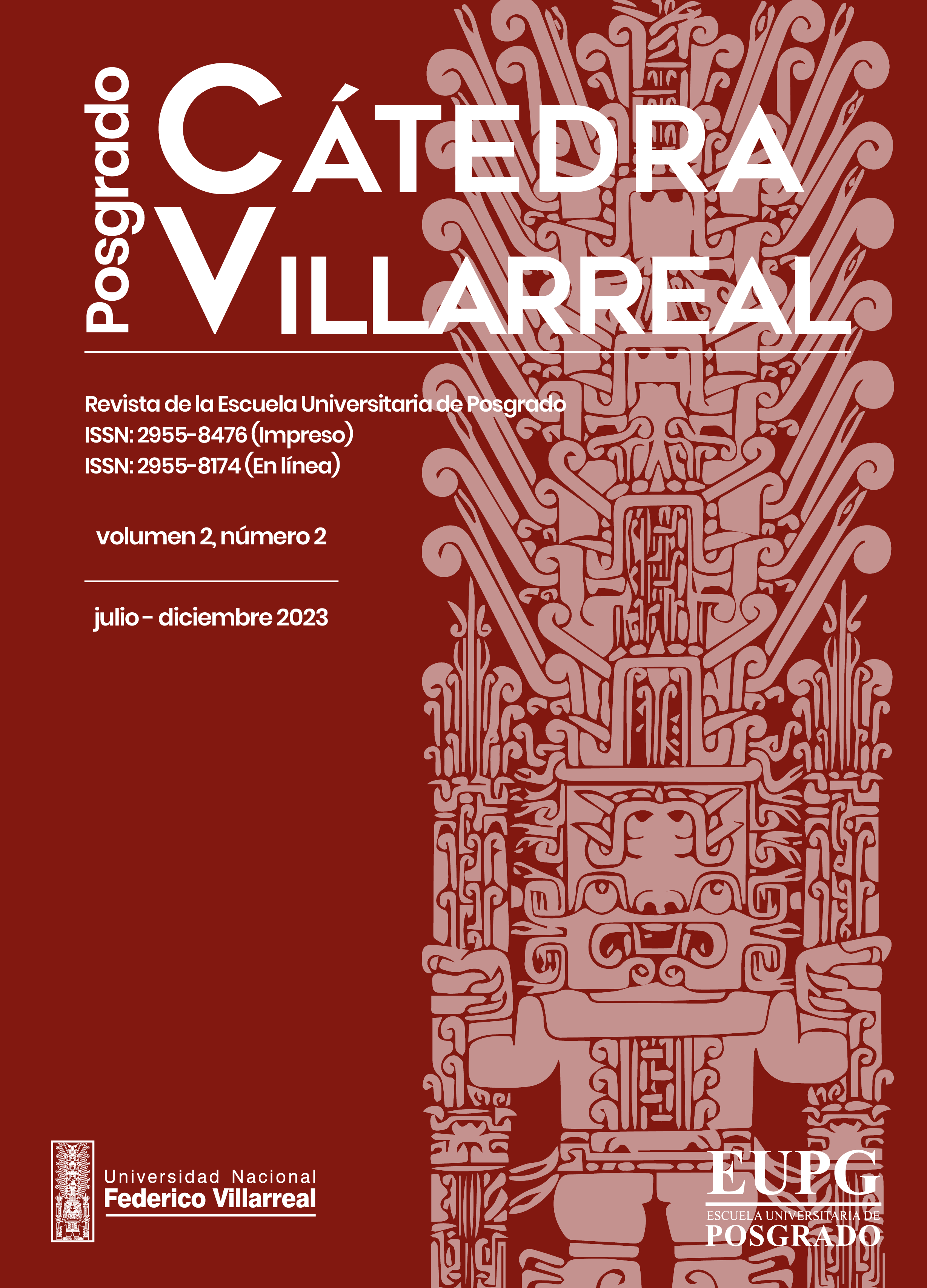Ecological niche modeling of Phyllodactylus microphyllus applied to ecotourism development in the Lomas de Ancon Reserved Zone
DOI:
https://doi.org/10.24039/rcvp2023221702Keywords:
Ecotourism, MaxEnt, ecological niche modeling, species conservation, hillsAbstract
The aim of this study was to study the potential territorial distribution (ecological niche modeling) of the species Phyllodactylus microphyllus and its application to ecotourism. For the methodology of the independent variable, ecological niche modeling, the Maxent program (free program) was used, which requires two patterns of information, the first is the geospatial location of the sighting of the species and the second is raster images of physical and bioclimatic factors of the study area. For the dependent variable, which is ecotourism, interviews and surveys were conducted with visitors of the protected area. As a main result, the modeling of the ecological niche Phyllodactylus microphyllus used physical and bioclimatic information that according to Maxent shows that the omission curve of the entered data is below the prediction line, meaning that the data are not independent in the dry month and for the wet month this curve in the training sample is in the fraction of 0. 6 above the prediction curve, showing that there was a good use of the raster data, obtaining that the niche is shifted from north to south near the coast and in the wet month this distribution is extended to the east. In conclusion, ecological niche modeling is a tool that allows modeling environmental and physical conditions, which contribute to decision-making in the management of ecotourism activities, which are related to conservation, research and education.
Downloads
Published
How to Cite
Issue
Section
License
Copyright (c) 2023 Rubén Martinez Cabrera, Elizabeth Luz Segovia Araníbar, Milagros Lizeth Canales Antayhua, Edwin Víctor Chulluncuy Francisco

This work is licensed under a Creative Commons Attribution-NonCommercial-ShareAlike 4.0 International License.
Eres libre de
- Compartir : copiar y redistribuir el material en cualquier medio o formato.
- Adaptar : remezclar, transformar y construir sobre el material.
El licenciante no puede revocar estas libertades siempre que cumpla con los términos de la licencia.
Bajo los siguientes términos:
- Atribución : debe dar el crédito apropiado , proporcionar un enlace a la licencia e indicar si se realizaron cambios . Puede hacerlo de cualquier manera razonable, pero no de ninguna manera que sugiera que el licenciante lo respalda a usted o su uso.
- No comercial : no puede utilizar el material con fines comerciales .
- CompartirIgual : si remezclas, transformas o construyes a partir del material, debes distribuir tus contribuciones bajo la misma licencia que el original.
- Sin restricciones adicionales : no puede aplicar términos legales ni medidas tecnológicas que restrinjan legalmente a otros hacer cualquier cosa que la licencia permita.
Avisos:
- No tiene que cumplir con la licencia para elementos del material que sean de dominio público o donde su uso esté permitido por una excepción o limitación aplicable.
- No se dan garantías. Es posible que la licencia no le otorgue todos los permisos necesarios para el uso previsto. Por ejemplo, otros derechos como publicidad, privacidad o derechos morales pueden limitar la forma en que utiliza el material.












